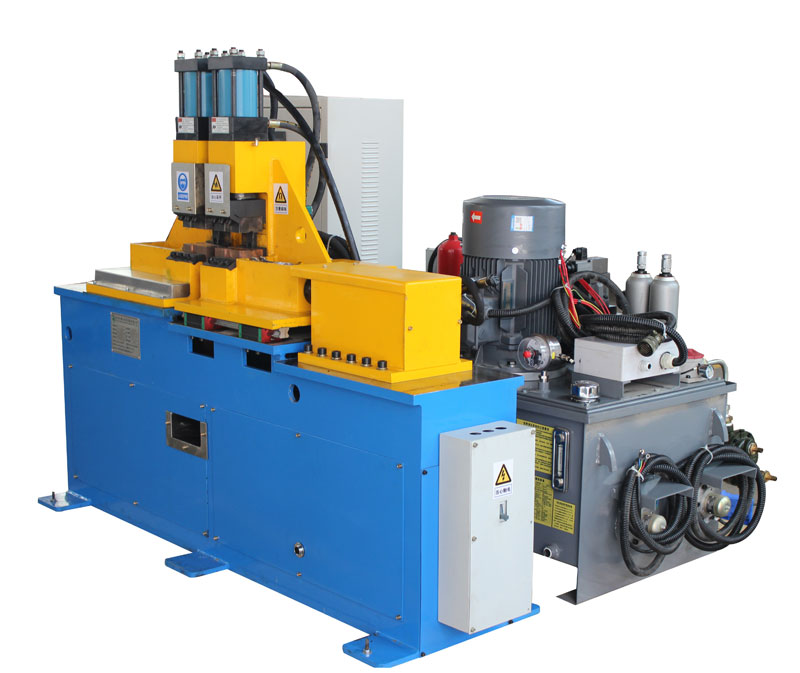Installation Requirements for Butt Welding Machines
The proper installation of butt welding machines is crucial for ensuring their safe and efficient operation. Understanding the installation requirements is essential for welders and professionals in the welding industry to set up the equipment correctly and optimize welding performance. This article explores the installation requirements for butt welding machines, emphasizing their significance in creating a secure and productive welding environment.
- Stable Foundation: A stable and level foundation is fundamental for the installation of butt welding machines. The machine’s base should be securely anchored to the floor to prevent vibrations and ensure consistent welding results.
- Sufficient Workspace: Adequate workspace is necessary to accommodate the butt welding machine and its operation. Sufficient clearance around the machine allows for easy access to controls, adjustments, and maintenance.
- Proper Electrical Connection: Ensure that the butt welding machine is connected to a reliable and appropriately rated electrical power supply. Follow the manufacturer’s guidelines for electrical requirements to prevent electrical hazards and equipment damage.
- Compressed Air Supply: If the butt welding machine uses a pneumatic system, ensure a stable and clean compressed air supply. Regularly check air filters and remove any moisture or contaminants to maintain the efficiency of the pneumatic components.
- Proper Ventilation: Proper ventilation is essential to disperse welding fumes and maintain a safe working environment. Install ventilation systems or exhaust hoods to control welding emissions and protect workers’ health.
- Safety Measures: Implement safety measures during the installation process, including proper equipment grounding, installation of emergency stop buttons, and adherence to safety guidelines to ensure the safe operation of the machine.
- Adequate Lighting: Provide adequate lighting in the welding area to ensure clear visibility during welding operations. Proper lighting enhances safety and facilitates accurate welding.
- Calibration and Testing: After installation, calibrate the butt welding machine and perform thorough testing to verify its functionality. Conducting tests helps identify any installation issues that may require adjustment or correction.
In conclusion, adhering to the installation requirements for butt welding machines is essential for achieving safe and efficient welding operations. A stable foundation, sufficient workspace, proper electrical connection, compressed air supply, ventilation, safety measures, adequate lighting, and calibration/testing are critical aspects to consider during installation. By following these guidelines, welders and professionals can create a secure and productive welding environment, ensuring smooth welding operations and producing high-quality welds. Proper installation contributes to the longevity of the butt welding machine and promotes the safety and well-being of workers in various welding applications and industries. Emphasizing installation requirements sets the stage for successful metal joining endeavors, supporting advancements in welding technology and industrial progress.
